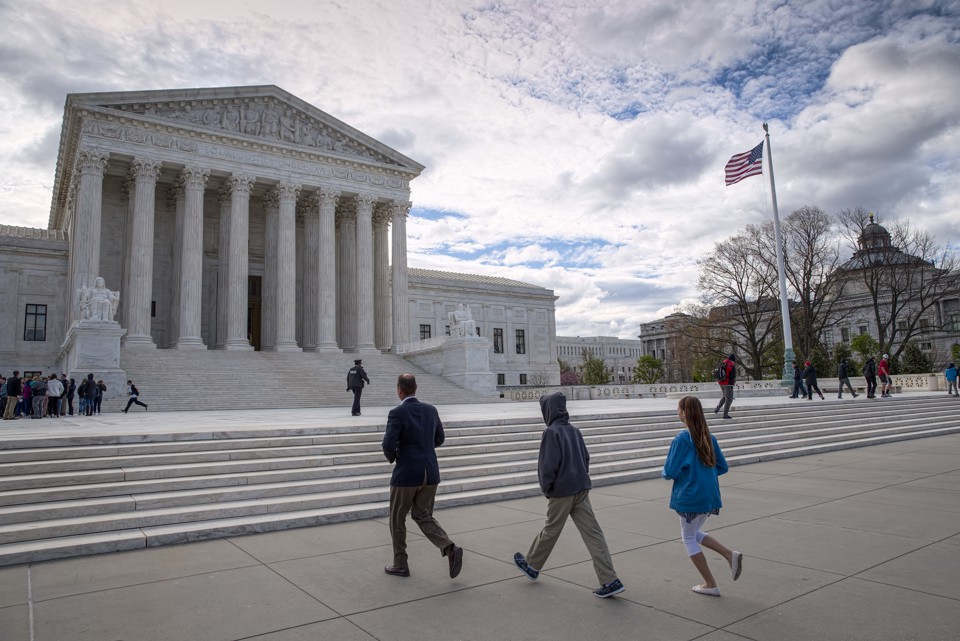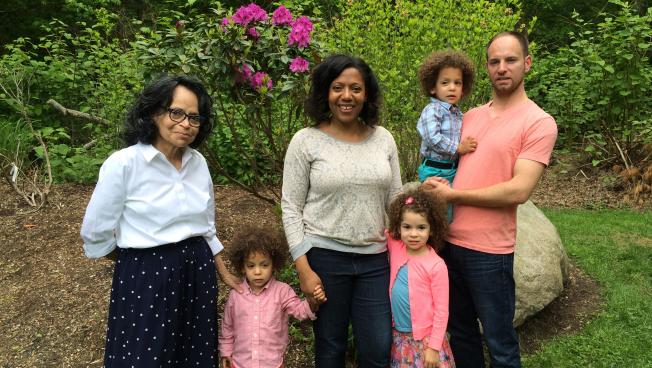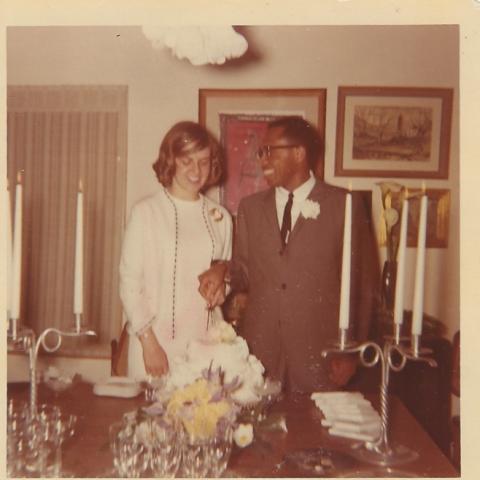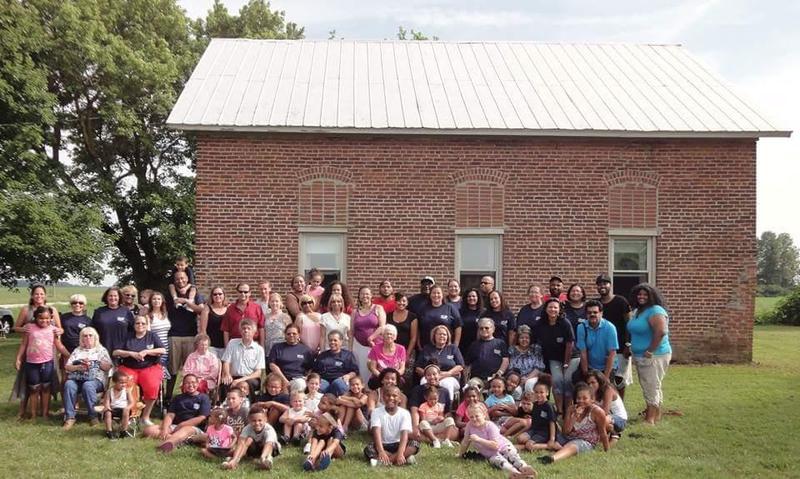What it means to be Métis: University of Ottawa researcher sharpens our understanding of the termPosted in Articles, Canada, History, Media Archive, Native Americans/First Nation on 2017-06-25 22:53Z by Steven |
What it means to be Métis: University of Ottawa researcher sharpens our understanding of the term
Research Matters
2017-06-01
 The University of Ottawa’s Brenda Macdougall brings her expertise in Métis and First Nations history to bear on how a group of people become a nation. (University of Ottawa) |
Every second Thursday, we will be featuring an Ontario Research Chair (ORC) from one of the province’s universities. ORCs are university research professorships created to drive provincial research and develop excellence, to create world-class centres of research, and to enhance Ontario’s competitiveness in Canada’s knowledge-based economy. See previous profiles here.
More than a century after being hanged for treason, Métis leader Louis Riel still has the power to polarize Canadians along ethnic lines.
Riel was born in 1844 in a fur-trading community known as the Red River Settlement, near modern-day Winnipeg. He came to fame in the fight for Métis rights and culture as the newly-formed Canadian government sought to expand its reach into his people’s prairie homeland.
Riel remains today one of the most studied figures in Canadian history and his “blood line” is still a topic of heated discussion because he was of French and Dene heritage.
“People talk about Riel in fractions all the time—that he is 1/8 Indian and so more white than native” says Brenda Macdougall. “When we discuss him in this fashion, it not only undermines who Riel was, it undermines who we are.”
Macdougall is the province’s first Chair in Métis Research at the University of Ottawa, a position funded by an endowment from the government of Ontario and the University of Ottawa. As chair, and a Métis woman herself, she has thought deeply about what the term means.
Historically, it was the French word for a person of mixed European and Indian ancestry, much like the word half-breed meant “mixed” in English. But Macdougall says the term has evolved over time to mean something more profound: a people who share a history, culture, and geography…
Read the entire article here.








